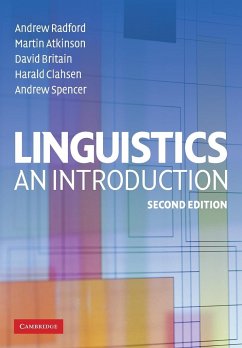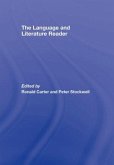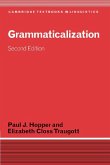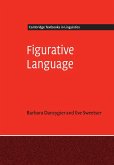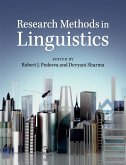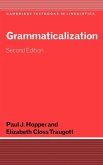Written by a team based at one of the world's leading centres for linguistic teaching and research, the second edition of this highly successful textbook offers a unified approach to language, viewed from a range of perspectives essential for students' understanding of the subject. Using clear explanations throughout, the book is divided into three main sections: sounds, words, and sentences. In each, the foundational concepts are introduced, along with their application to the fields of child language acquisition, psycholinguistics, language disorders, and sociolinguistics, giving the book a unique yet simple structure that helps students to engage with the subject more easily than other textbooks on the market. This edition includes a completely new section on sentence use, including an introduction and discussion of core areas of pragmatics and conversational analysis; coverage of sociolinguistic topics, introducing communities of practice; a wealth of new exercise material and updated further reading.
Bitte wählen Sie Ihr Anliegen aus.
Rechnungen
Retourenschein anfordern
Bestellstatus
Storno

